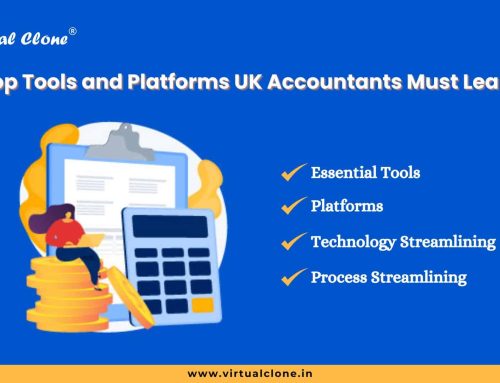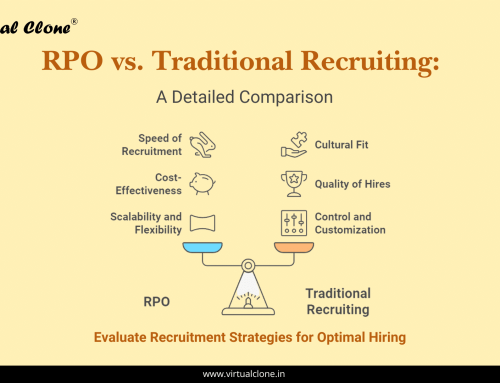When it comes to choosing the right financial reporting standard for your business, understanding the differences between FRS 102 and FRS 105 is crucial. Both standards provide frameworks for preparing financial statements, but they cater to different types of entities and offer varying levels of complexity. FRS 102, the Financial Reporting Standard applicable in the UK and the Republic of Ireland, is designed for larger entities with more complex financial reporting needs, while FRS 105 simplifies reporting requirements for smaller businesses. In this blog post, we’ll explore the key differences between FRS 102 and FRS 105, helping you determine which standard best suits your business’s needs and ensures compliance with regulatory requirements.
1. Applicability
FRS 102:
This is for medium and large businesses in the UK and Ireland that don’t use full IFRS. It suits companies with complex financial structures and diverse stakeholders needing detailed financial information.
FRS 105:
This is designed for very small businesses, known as micro-entities. It’s ideal for small, owner-managed businesses with simpler operations and fewer external stakeholders.
2. Complexity and Detail
FRS 102:
Offers detailed guidance on various accounting topics, including complex transactions and financial instruments. It suits businesses with sophisticated financial activities that need elaborate reporting.
FRS 105:
Provides a simplified framework, focusing on basic accounting needs. It’s easier for small businesses to manage without extensive accounting knowledge.
3. Disclosure Requirements
FRS 102:
Requires extensive disclosures, including detailed notes on accounting policies and estimates. This ensures transparency and provides in-depth information for investors and regulators.
FRS 105:
Has minimal disclosure requirements, focusing on essential information only. This reduces the administrative burden for small businesses.
4. Accounting Treatments
FRS 102:
Allows various accounting treatments, including asset revaluations and fair value measurements. This flexibility helps in reflecting a more accurate financial position but requires expert handling.
FRS 105:
Limits accounting treatments to straightforward methods. It simplifies the process by not allowing asset revaluations, making it easier for micro-entities to manage.
5. Financial Instruments
FRS 102:
Provides detailed guidance on financial instruments, allowing both amortized cost and fair value measurements. This helps in accurately representing financial instruments.
FRS 105:
Treats financial instruments simply, usually at amortized cost. This approach is easier for small businesses but doesn’t capture complex financial instrument details.
6. Revaluation of Assets
FRS 102:
Permits revaluation of assets like property and equipment under certain conditions. This can give a more current view of asset value but requires careful management.
FRS 105:
Does not allow asset revaluation. Assets are recorded at historical cost, simplifying accounting but potentially providing less current asset values.
7. Compliance and Reporting Burden
FRS 102:
May involve a moderate to high reporting burden, requiring detailed disclosures and complex treatments. Businesses might need skilled accountants or advisors to comply.
FRS 105:
Aims to reduce the reporting burden for micro-entities. It simplifies financial reporting, making it more accessible for small businesses with limited resources.
8. Users of Financial Statements
FRS 102:
Targets a broad audience, including investors, creditors, and regulators who need detailed financial data for decision-making.
FRS 105:
Mainly serves the owner-managers of micro-entities with minimal external stakeholders. It provides straightforward financial information suited to small businesses.






